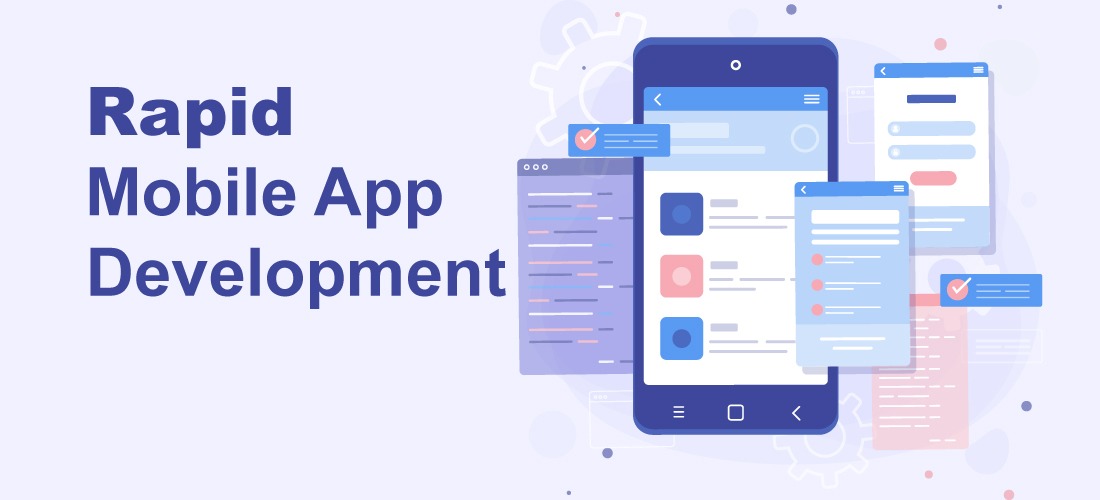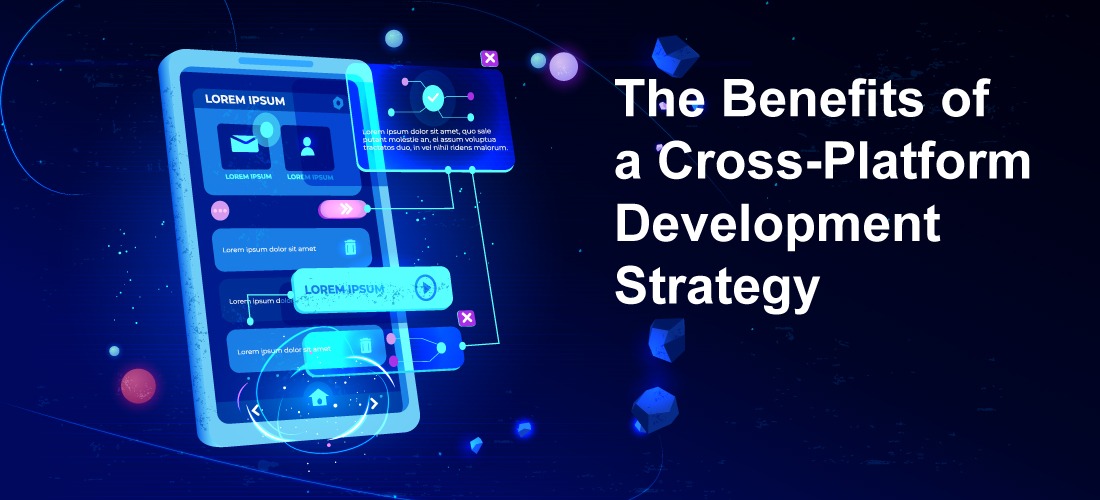The reality is that the most successful rapid android app development technique is the one that can satisfy all of your objectives while also minimizing development time and app production costs.
The process of creating a mobile app might be difficult at times.
Convenience and the capacity to quickly implement modifications that match your company goals and market expectations should be on your list of criteria.
Then you must consider how to reach and engage each user.
Finally, you must choose from various technical options, such as operating systems, development tools, and SDKs.
This post aims to shine a light on various rapid android app developments and point you in the direction of the best way to build apps depending on your needs.
Development of Native Apps
Native app development involves the use of framework computer languages, software development kits, and development environments offered by OS providers.
To put it another way, if you want to make an app for both iOS and Android, you’ll have to design it independently for each platform, using different technology stacks.
To begin with, native applications support all of the platform’s capabilities as well as supported devices.
Native applications also offer better speed and responsiveness.
The Benefits of a Native App Development Strategy

● Native applications provide the greatest overall performance.
● Implementation of a platform-specific user interface
● Support for all OS features is 100%.
● Access to all hardware-related functionality is unrestricted.
● The app update route is clear, and the toolset is supported.
● Native applications are very dependable, secure, and responsive.
Rapid Android App Development for Cross Platforms
As the name indicates, a cross-platform mobile application can operate on many systems.
The cross-platform strategy is a suitable alternative to native development since it eliminates the need to design different apps for each mobile device.
In other words, this approach enables the simultaneous delivery of applications across many platforms using languages and tools other than Google and Apple’s native toolsets.
Developers that use this approach employ JavaScript or .NET/C#-based cross-platform frameworks and tools.
Consequently, if you choose a cross-platform strategy – whether for an iOS, Android, or Web app – you need one team with the same expertise across all platforms.
Furthermore, you can do it without sacrificing team size or timetable if you need to release all of your applications at once.
Today’s most popular cross-platform solutions have large user groups and are constantly evolving.
They will unavoidably lag behind mobile OS changes, posing a greater danger of a chaotic upgrade path or a substantial code rewrite.
The Benefits of a Cross-Platform Development Strategy
● Across all platforms, there should be consistency.
● When it comes to budgeting or inadequate funds, this method works well.
● It is simple to put into action.
● All platforms may be published at the same time.
● It is possible to reuse the source code.
● a large demographic base
● Time to market is short.
Development of Hybrid Apps

It is a kind of cross-platform development.
The application code is written using conventional web technologies and tools like JavaScript, CSS, and HTML5 and then run inside a native shell in this development style.
The hybrid development technique produces applications with the speed of a standard online application and the user experience of any form of the native mobile app.
Notably, using a single code base allows for the cross-platform deployment, decreasing costs compared to native programs.
Finally, hybrid applications with hardware-dependent features access native platform libraries and device hardware components.
The Benefits of a Hybrid Development Strategy
● A solitary developing group
● Time to market is short.
● The mobility of programming and the ability to utilize hardware components
● The user experience is identical to that of a native mobile app.
● Ability to work both online and offline at a lower cost of development.
Rapid Android App Development

It is a method for quickly developing cross-platform apps.
It entails creating simple applications for various business solutions using code-free or low-code development technologies.
This technique is comparable to fast application development methodologies based on minimal panning, early prototype, recyclable software components, and the adaptive process.
It functions and features on the frontend, while the backend transforms the specs into code.
The front in this situation relies on metadata to operate.
This is accomplished effectively by summarising key information about an application’s operations, such as asset managers or user interface components, in a database.
As a result, database coding is no longer required.
The RMAD Approach’s Benefits
● Return on investment (ROI) is low.
● The development process has a low level of complexity.
● It fits a variety of project types
● Development with little or no code
● Developers are required to have little or no prior experience.
● Code that may be reused
PWAs (Progressive Web Apps)
It is the final but not least form of a development approach that we must overlook.
The use of HTML is very important in this scenario.
Although PWAs are not mobile applications, they resemble native apps in design and functionality.
A user is under no obligation to download the generated program from an app store.
Progressive web applications work without a browser and may be installed on any mobile or desktop device’s home screen.
Because you require browser vendor APIs to access mobile hardware functions, they have the drawback of being constrained in implementation with their browser hidden away.
PWAs Have a Lot of Benefits
● The application of a single codebase
● Mobile-friendly UI
● To host or download apps, you don’t require an app store.
● Works both online and offline
FAQ
1. What does it mean to create a Web application quickly?
It is an agile method that focuses less on sticking to a fixed plan and more on current software projects and user input.
As a result, it prioritizes quick prototyping over time-consuming planning.
2. Is it possible to create a quick application in an agile manner?
It’s a common software development project management method.
Conclusion
After considering the many kinds of mobile development techniques, their key characteristics, and their benefits, it is clear that each strategy and the produced app are unique.
It is in your best interest as a project owner to identify the goal of your mobile application based on the specific demands of your target audience.
This will assist you in estimating the project schedule, as well as the financial and technical resources required, allowing you to choose the most appropriate development strategy.
Each application is unique in its way.
The native development strategy is highly recommended if your objective and ambition are to create a long-term project, a responsive app has a higher quality user experience, smooth performance, and trustworthy security.
Yugasa Software Lab creates high-quality mobile applications for our partners and customers that address various business demands and objectives.
As a recognized IT consulting, mobile, and web development provider, we’ve shown a great ability to deliver.
Our experts would be pleased to talk to you about your mobile development difficulties and develop the best solution for you.
Read More: MOBILE APP DEVELOPMENT TECHNOLOGIES IN 2021

























